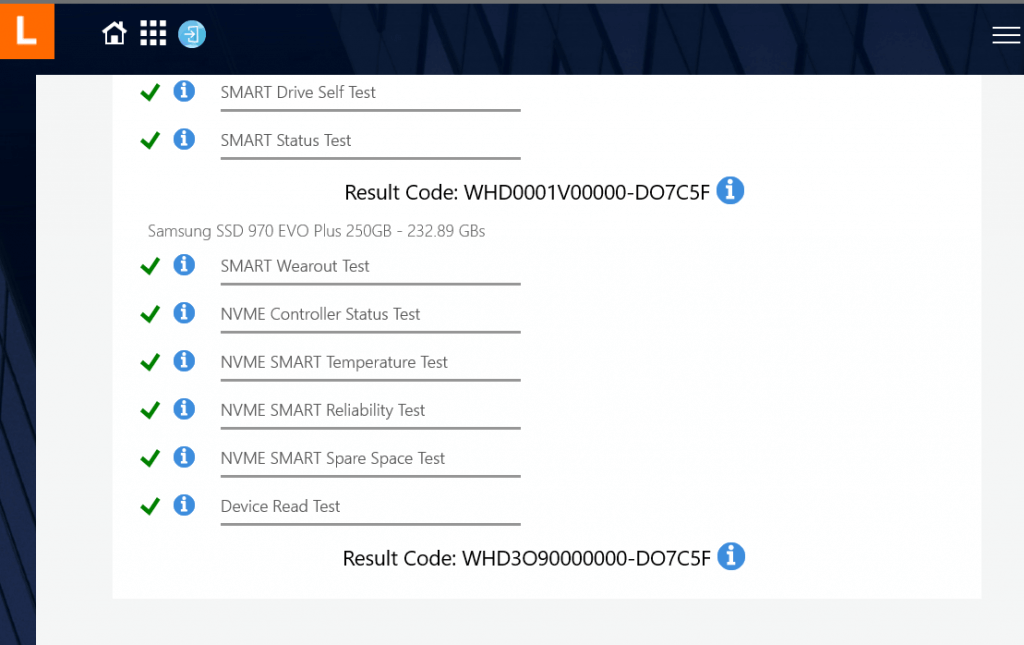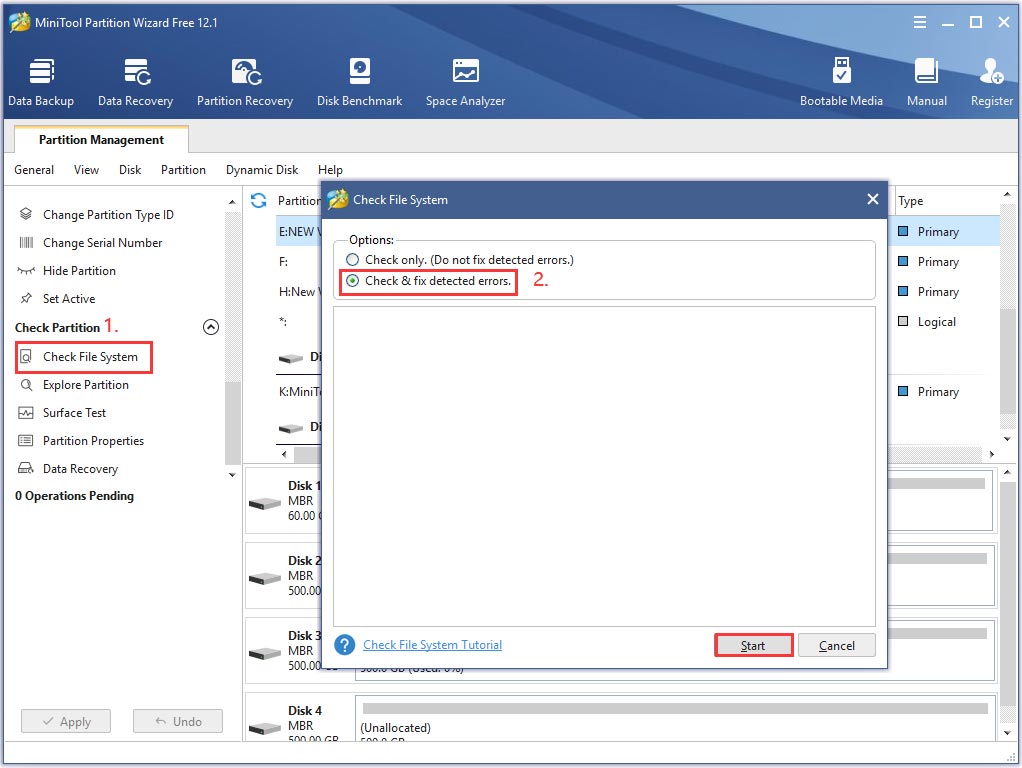

Even lower-cost SSDs easily exceed the manufacturer’s write limit. In the usage scenario “moderate, eight-hour, weekly use as an office PC” (word processing, surfing the net, checking emails, occasional streaming, a few larger downloads, as well as smaller backup and copying actions, but not a high continuous load), the hard drive would have a predicted life expectancy of approximately 32 years.ĭuring long-term tests, which consistently write onto SSDs using special algorithms, it has also been revealed that manufacturers tend to rate an SSD life span rather conservatively. With average PC usage, for example, around 80 TBW can be performed within 10 years.


Today, SSD manufacturers often state a service life (guaranteed write volume) of 256 TBW. TBW is an abbreviation for “total bytes written”, meaning the total number of bytes that can be written onto an SSD. The lifetime of an SSD device is customarily stated as a TBW value in the IT industry. Manufacturers usually only guarantee 1,000 write or erase cycles per cell.Īlthough the range in SSD life spans is considerable, all SSD types have a sufficiently high life expectancy with moderate use (with some limitations, including for QLC SSDs). Reduced costs, more storage capacity, and higher storage density are also associated with a shorter service life with this type of device. Quad-level cell SSDs (QLC) accommodate 4 information bits per cell.However, at the same time, life expectancy can drop to 3,000 memory cycles per cell. Triple-level cell SSDs (TLC) can hold 3 information bits per memory cell.They are more cost-effective than the SLC type but can only tolerate up to 10,000 write cycles per cell. Multi-level cell SSDs (MLC) have a higher storage density and can store 2 bits per flash cell.They can withstand up to 100,000 write cycles per cell and are particularly fast, durable, and fail-safe. Single-level cell SSDs (SLC) have a particularly long life, although they can only store 1 bit per memory cell.The considerable range in the lifetime of an SSD is related to different storage technologies: Manufacturers usually state 1,000 to 100,000 write-and-erase operations. After a limited number of write-erase cycles, this becomes critical, since the flash memory of an SSD ages with every write process. Nevertheless: The flash cells, which electronically store data onto an SSD device, have a clearly defined life span, in contrast to traditional magnetic storage devices.


 0 kommentar(er)
0 kommentar(er)
